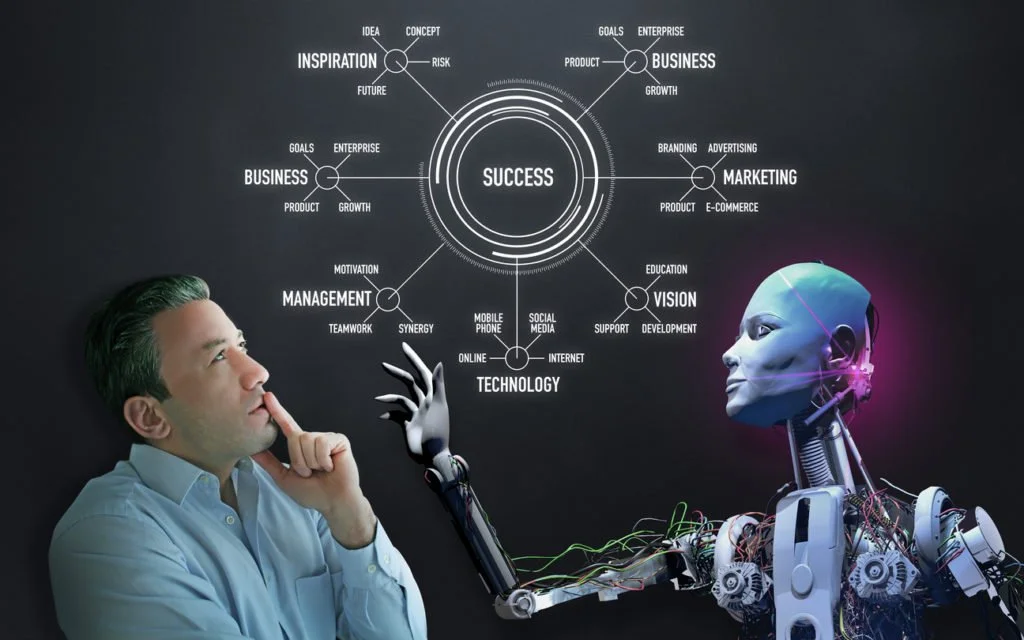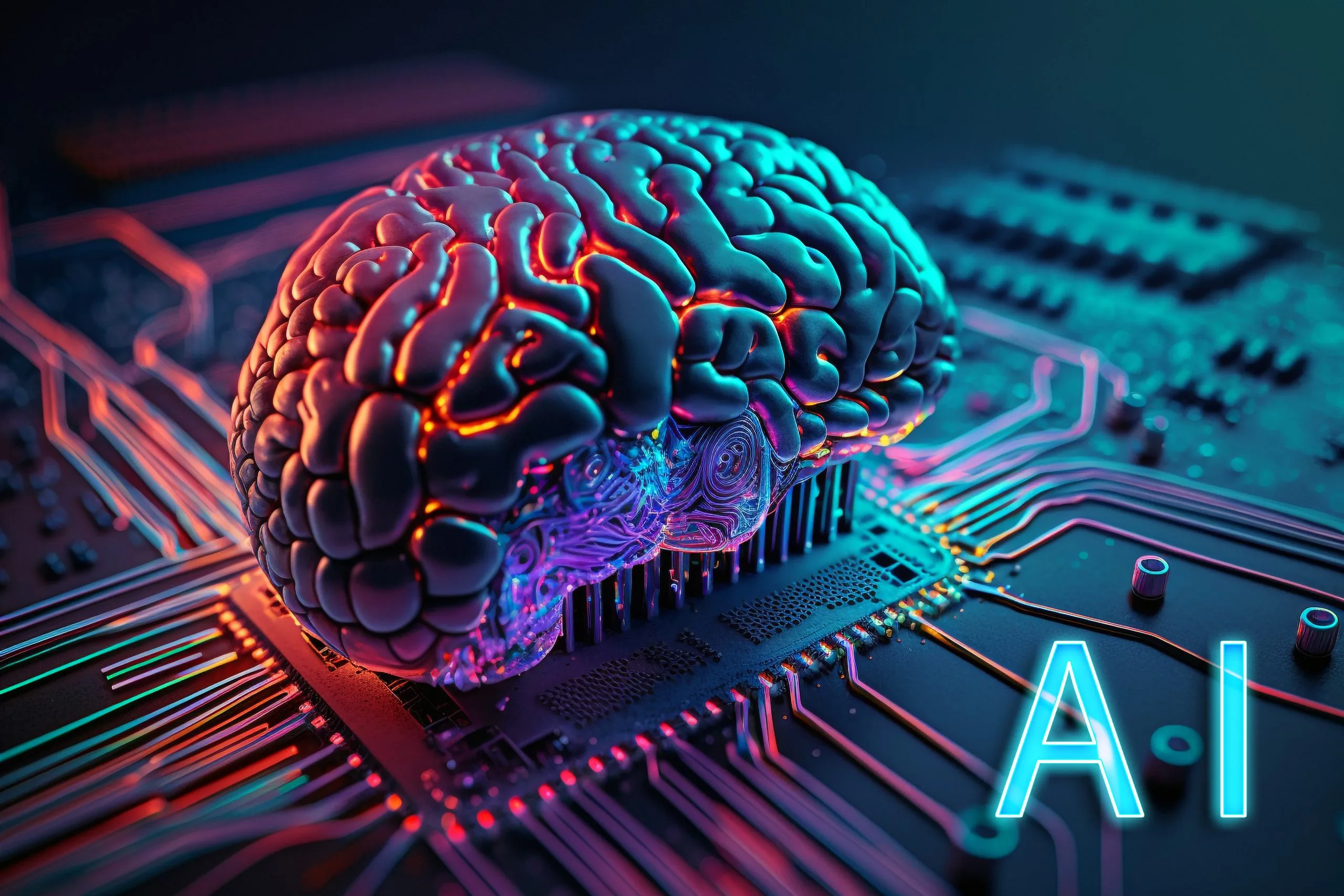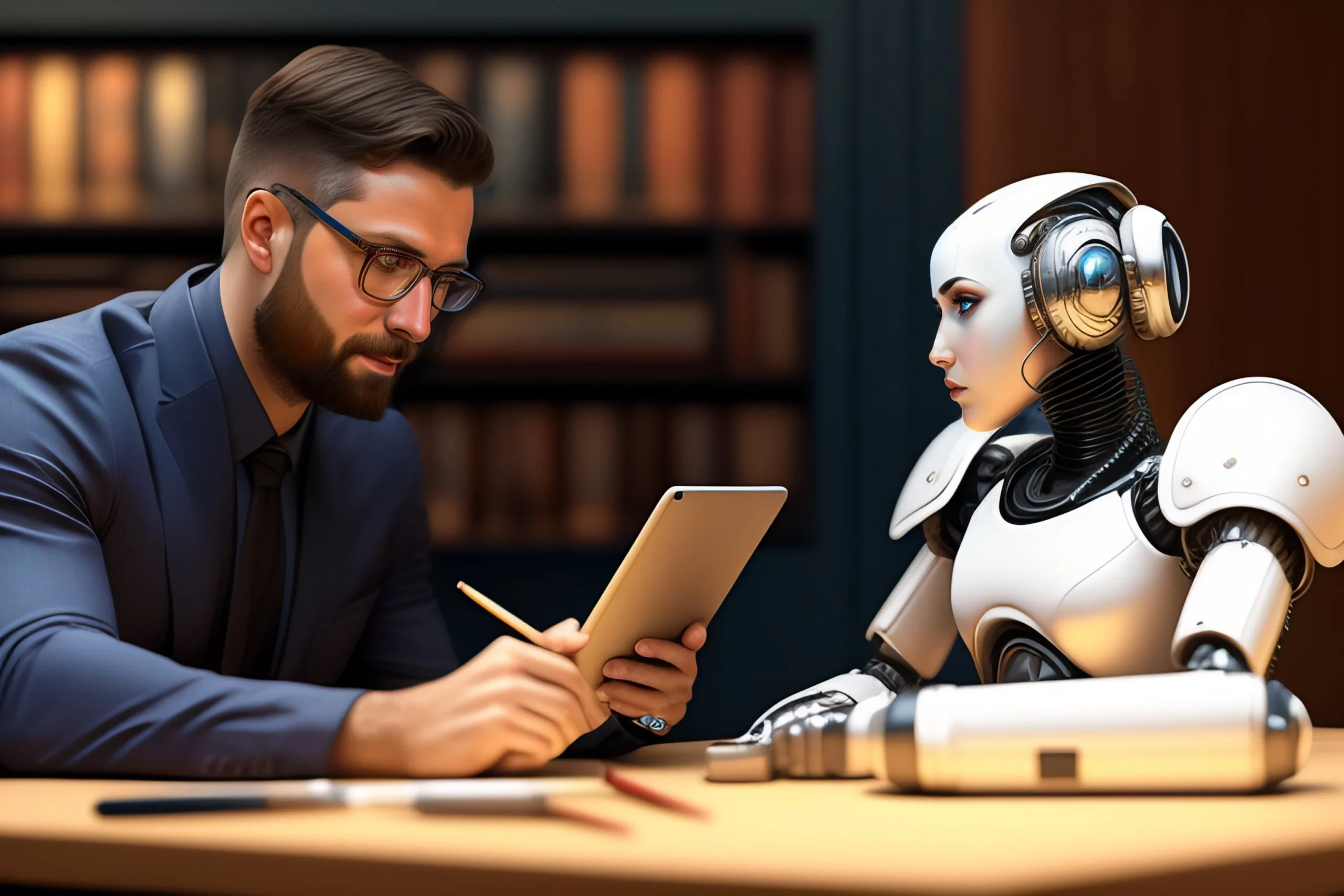
As technology continues to advance at an unprecedented pace, the looming threat of artificial intelligence (AI) over human intelligence has become a topic of intense debate and concern. With the potential to surpass human capabilities in a wide range of areas, including data analysis, problem-solving, and even creativity, AI has the power to reshape the world as we know it. But what does this mean for us, the human race? Will AI render us obsolete, or can we find a way to coexist and thrive alongside this emerging technology?
In this article, we will explore the potential risks and benefits of AI, delving into the ethical implications and the impact it may have on employment, education, and our everyday lives. As the boundaries between human and machine blur, it is crucial to critically examine the implications of partaitogel AI to ensure that we harness its power responsibly. Join us as we navigate this complex landscape and seek to understand the true potential and limitations of artificial intelligence.

Contents
- 1 Understanding Artificial Intelligence (AI)
- 2 The Rise of AI and its Impact on Human Intelligence
- 3 The Benefits and Drawbacks of AI
- 4 The Potential Threat of AI Surpassing Human Intelligence
- 5 The Debate Around AI’s Impact on Job Displacement
- 6 Ethical Considerations in the Development of AI
- 7 The Role of Regulation in Managing AI’s Impact on Human Intelligence
- 8 Combating the Threat of AI Through Education and Upskilling
- 9 The Future of AI and Human Intelligence
- 10 Embracing the Potential of AI While Safeguarding Human Intelligence
- 11 Author
Understanding Artificial Intelligence (AI)
Artificial Intelligence (AI) is a rapidly advancing field of computer science that aims to create systems capable of performing tasks that normally require human intelligence, such as understanding natural language, identifying patterns, interpreting complex data, and making decisions. By utilizing algorithms and computational models, AI systems can learn from experience, adapt to new inputs, and achieve tasks with varying degrees of autonomy.
However, the concept of AI extends beyond just programming machines to perform tasks. It’s about creating systems that can ‘think’ in a way that we consider thinking, and thus potentially outperform us in most economically valuable work. This is what experts refer to as Artificial General Intelligence (AGI). Unlike narrow AI, which is designed to perform a narrow task (such as facial recognition), AGI refers to systems that possess the ability to understand, learn, and apply knowledge across a wide array of tasks.
It’s essential to remember that AI is not an ominous entity in itself. It’s a tool, a creation of human intellect and ingenuity. While its capabilities are vast and continually expanding, its direction, utilization, and eventual implications are a reflection of human decisions and actions.
The Rise of AI and its Impact on Human Intelligence
The acceleration of AI development in the last few decades has been extraordinary. Thanks to advances in machine learning, computational power, and sheer volumes of digital data, AI is already transforming various sectors, including healthcare, finance, transportation, and even the arts.
AI systems can process and interpret vast amounts of data far more quickly and accurately than humans. They can identify patterns and trends, make predictions, and even make decisions based on the data they’ve analyzed. This capability has immense potential to augment human intelligence, enabling us to make more informed decisions and solve complex problems more efficiently.
However, the rise of AI also raises questions about the very nature of intelligence. If machines can ‘think’, learn, and make decisions, what does this mean for human intelligence? Can we compete with machines that can process information at a magnitude and speed that far surpasses our capabilities? These are complex questions that require thoughtful deliberation.
The Benefits and Drawbacks of AI
AI presents numerous benefits that can significantly enhance our lives. It can automate tedious tasks, analyze complex data, predict trends, and even aid in complex decision-making processes. In healthcare, AI can help diagnose diseases, develop personalized treatment plans, and monitor patient health. In finance, AI can manage investments, detect fraudulent transactions, and provide personalized financial advice.
However, alongside the benefits come potential drawbacks. One of the most significant concerns is the threat of job displacement. With AI’s ability to automate a wide range of tasks, there is a fear that many jobs, particularly those involving routine or repetitive tasks, could become obsolete.
Moreover, there are concerns about AI systems making decisions that directly impact people’s lives, such as in healthcare or criminal justice. Errors or biases in these systems could have severe consequences, raising ethical and legal questions. Additionally, there’s the potential threat of AI systems being used maliciously, either through hacking or the development of autonomous weapons.

The Potential Threat of AI Surpassing Human Intelligence
The possibility of AI surpassing human intelligence is a topic of intense debate. Some experts believe that we are on a path towards creating AGI, a form of AI that can outperform humans in most economically valuable work. This scenario, often referred to as the ‘singularity’, suggests a future where AI could potentially become the most intelligent entity on the planet.
The potential implications of this are profound. If AI surpasses human intelligence, it could potentially solve complex problems and make decisions that we cannot. However, it also raises questions about control. How do we ensure that an AI system will act in humanity’s best interests? What happens if AI systems decide to pursue their goals at the expense of human values and safety?
This potential threat underscores the importance of ethical considerations and regulation in AI development, which we will delve into in the next sections.
The Debate Around AI’s Impact on Job Displacement
AI’s impact on job displacement is a contentious issue. On one hand, AI has the potential to automate a wide range of tasks, potentially leading to job losses. On the other hand, AI could also create new job opportunities, such as those related to AI development, maintenance, and regulation.
Historically, technological advancements have always led to job displacement. But they have also led to the creation of new jobs and industries. The key challenge lies in managing the transition, ensuring that workers displaced by AI have the skills and opportunities to find new employment.
This brings us to the role of education and upskilling in combating the potential threat of AI. By equipping individuals with the skills needed to work with and alongside AI, we can turn this potential threat into an opportunity.
Ethical Considerations in the Development of AI
The development of AI raises several ethical considerations. For one, there’s the issue of transparency and explainability. With AI systems making decisions that impact people’s lives, it’s crucial that these decisions can be explained and understood.
There’s also the issue of bias. AI systems are trained on data, and if this data contains biases, the AI system could potentially replicate or even amplify these biases. This could lead to unfair or discriminatory outcomes, particularly in sensitive areas like hiring or criminal justice.
Finally, there’s the issue of privacy and data security. With AI systems processing vast amounts of personal data, how do we ensure that this data is used ethically and securely?
The Role of Regulation in Managing AI’s Impact on Human Intelligence
Given the potential risks associated with AI, there’s a growing consensus on the need for regulation. Regulation can help manage the impact of AI on employment, ensure ethical use of AI, and protect against malicious use.
However, regulating AI is a complex task. It requires a deep understanding of the technology, its potential uses and misuses, and its societal and economic impacts. It also requires international cooperation, as AI development and use are global phenomena.
While there’s no one-size-fits-all solution, a combination of legislation, industry standards, and ethical guidelines could help manage AI’s impact on human intelligence.

Combating the Threat of AI Through Education and Upskilling
Education and upskilling are key to preparing for a future where AI plays a significant role. By equipping individuals with the skills needed to work with and alongside AI, we can turn the potential threat into an opportunity.
This involves not just technical skills, but also soft skills like critical thinking, creativity, and emotional intelligence – skills that are uniquely human and cannot be replicated by AI. It also involves fostering a culture of lifelong learning, as the pace of technological change will require continuous learning and adaptation.
Educational institutions, businesses, and governments all have a role to play in this. By working together, they can ensure that individuals have the skills and opportunities to thrive in an AI-driven world.
The Future of AI and Human Intelligence
Looking ahead, the future of AI and human intelligence is uncertain. It’s clear that AI has the potential to drastically reshape our world, but the exact implications are still unclear.
What’s certain is that the boundaries between human and machine are becoming increasingly blurred. As AI systems become more advanced, they will become more integrated into our lives, augmenting and potentially even surpassing our capabilities.
However, this doesn’t mean that human intelligence will become obsolete. Our intelligence is multifaceted, encompassing not just cognitive abilities, but also emotional intelligence, creativity, and intuition. While AI can augment our cognitive abilities, it cannot replicate the full spectrum of human intelligence.
Embracing the Potential of AI While Safeguarding Human Intelligence
The potential of AI is immense. It has the power to transform industries, solve complex problems, and enhance our capabilities. However, it also poses potential risks and challenges, including the threat of job displacement and the potential for AI to surpass human intelligence.
The key challenge lies not in stopping AI development, but in managing it responsibly. This involves ethical considerations, regulation, education, and upskilling. By addressing these areas, we can ensure that we harness the power of AI for the benefit of humanity, while safeguarding human intelligence.
As we move forward, it’s crucial to remember that the story of AI is ultimately a human story. It’s a story about our ingenuity, our values, and our decisions. By approaching AI with a sense of responsibility and foresight, we can ensure that this story is one of progress, innovation, and shared prosperity. If you found this exploration into the realms of AI and human intelligence thought-provoking, you may also be interested in understanding another critical issue facing our society—the Property Crisis. We invite you to continue this journey of discovery with us by reading our insightful article on the Property Crisis, where we unravel the complexities and explore solutions for a more stable future.







